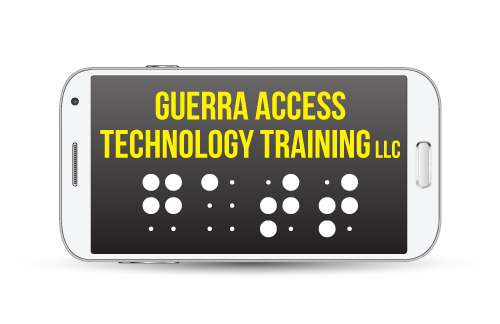This article is a repost from Taylor Arndt.
Every day, millions of people are left behind by technology that was never built with them in mind. The question I hear over and over is, why can’t everything be accessible? It sounds simple. It should be simple. Yet the reality is that in 2025, we still live in a world where people with disabilities have to fight just to use the same tools as everyone else. The truth is, accessibility is not a technical problem. It is a human one. It is a failure of systems, priorities, and awareness.
The Education Gap
Most developers are not trying to exclude anyone. They simply were never taught how to build accessible products. Think about where people learn to code. They learn from YouTube, coding bootcamps, universities, or online tutorials. Each teaches something different, but very few teach accessibility.
That means developers enter the workforce without ever learning how a blind person navigates an app with a screen reader, or how a deaf person uses captions to follow a video, or how someone with limited mobility depends on keyboard shortcuts to move around.
The result is a digital world that feels closed off to millions. When education fails to include accessibility, exclusion becomes the default. People lose opportunities, independence, and dignity because no one ever taught the next generation of coders that accessibility is part of good design.
The Global Divide
Working with people around the world, I have seen the difference between countries that take accessibility seriously and those that still see it as optional. Some nations have made real progress. They have laws that hold companies accountable. They have public funding for inclusive design. They have leaders who understand that accessibility is not charity, it is equality.
But others lag far behind. Sometimes it is because of limited resources, and sometimes it is because accessibility is not seen as a priority. Even within the same country, leadership changes can shift focus overnight. One administration may push hard for digital inclusion, while the next cuts funding or weakens enforcement.
Here in the United States, we have made progress, but it is not enough. We have strong laws like the ADA, yet enforcement is inconsistent. Companies often wait until they are sued before taking action. Accessibility should not depend on who is in power or how much money a business can spend. It should be a shared global commitment to human rights.
The AI Challenge
AI should be a tool for inclusion, but right now it often repeats the same mistakes we do. Every time I ask AI to write code, I have to remind it to label buttons, add alt text, and support screen readers. That is because the AI was trained on inaccessible data. The majority of code it learned from did not include accessibility at all.
If we want AI to build a better world, we need to teach it better values. That means bringing disabled developers and accessibility experts into the process. It means ensuring the data we use reflects all people, not just the majority. Without that, AI will continue to leave people behind, no matter how advanced it becomes.
The Role of Governments
Accessibility cannot depend on goodwill alone. Governments around the world must lead by example. They must make accessibility a requirement, not an afterthought. They must fund research, enforce compliance, and create policies that reward inclusion.
When governments act, businesses follow. When laws are clear and consistent, accessibility becomes part of how we build, not something we debate. Real change happens when inclusion is written into every policy, every standard, and every classroom.
The Human Cost
Behind every inaccessible website or app is a person who just wanted to participate. A student trying to complete homework. A job seeker trying to apply for work. A parent trying to buy groceries online. Accessibility is not about checklists or compliance. It is about people, community, and equality.
Every time we ignore accessibility, we send a message that some lives matter less. That message must end.
The Call to Action
If you are a developer, start learning about accessibility today. If you teach code, make it part of your curriculum. If you run a business, demand accessibility from your vendors. If you work in government, fight for policies that protect inclusion.
We all have a role to play. Accessibility is not just the job of designers or engineers. It is the responsibility of everyone who touches technology.
The future will not become inclusive on its own. It will only happen if we decide that leaving people behind is no longer acceptable. Let’s stop asking why everything can’t be accessible and start working together to make sure it is.
End of article
